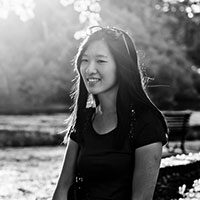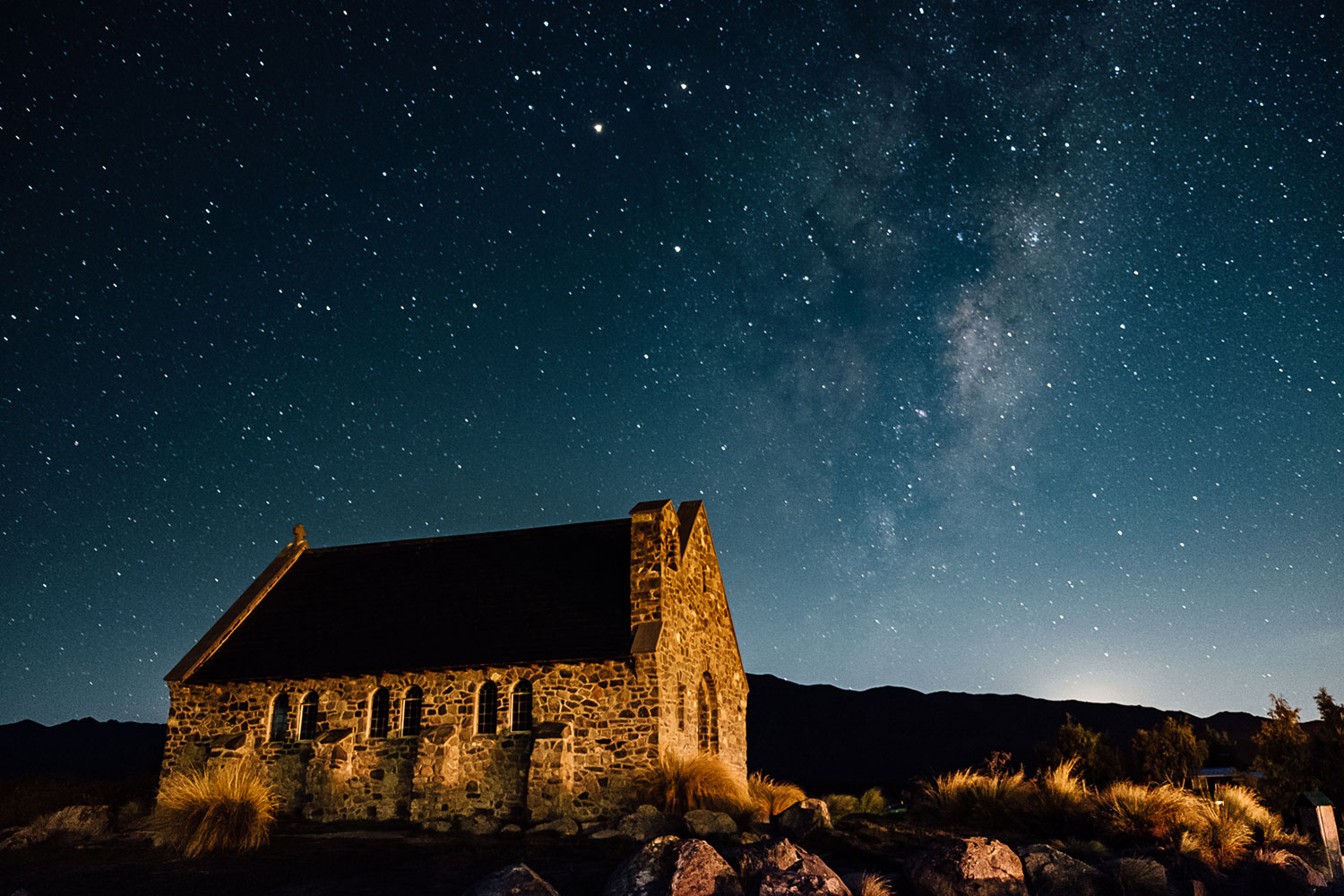My decade-long journey in photography
My name is Janice and I’m a blogger and photographer from the sunny coastal city of Perth, Western Australia. For as long as I can remember, I always had a passion for the arts and creative pursuits. When I was growing up, I loved writing, drawing and arts and craft classes. While I currently work in the healthcare industry, photography and writing have become my creative passion and creative outlet.
Growing up, photography has always played a role in my life. My dad was an avid photographer himself in his younger days and I still have his old Nikon SLR. When I was growing up, he would often take out his camera to capture family photos and I feel grateful to have plenty of photos of my childhood years.
I picked up my first camera back in middle school when digital compact cameras were new to the market and all the rage. I distinctly remember taking the little point and shoot Canon IXUS camera around with me when hanging out with friends, on the weekends and on family trips.
When I graduated from university and started working, I was excited to be able to buy my first Canon DSLR camera. It was also when I started to learn the basics of photography in my spare time. That was over 10 years ago. My passion for photography has also led me to developing a passion for travel and exploration. I love travelling to new cities and countries, experiencing the culture, food and landscape.
Since picking up a camera I have travelled to 21 countries and 55 major cities in the world, and I hope to continue exploring the rest of the world. Photography and blogging have helped me capture these memories and tell these stories.
I took the Canon 60D DSLR and a couple of zoom and prime lens on my first big overseas holiday to North America. I was travelling with friends at the time and it was the farthest I’ve ever travelled. I was eager to capture my travel experiences in Canada and the USA using the best camera I could afford at the time.
I came away with some great photographs and memories, but found myself having a sore shoulder after 4 weeks of travelling. Over the following years, I found I became less and less inclined to lug around the heavy Canon 60D DSLR in my daily life. Eventually, it only left the house when I was travelling. Even then I found the weight of the camera to be a bit off-putting and the size of the camera often drew attention when I was travelling.
It was around this time, some 6 years ago, that I started looking into the mirrorless camera market to see if there was a system that caught my eye. As the mirrorless market was still in its infancy, it took me a good year or so before I found the perfect DSLR replacement for me. That was the Fujifilm X-T10 camera. At the time, I had been tossing up between the Olympus OM-D E-M5 and the Fujifilm X-T1.
I wasn’t keen on the smaller micro four-thirds sensor on the Olympus and found the Fujifilm X-T1 to be bigger than what I was looking for at the time. When Fujifilm released the X-T10, it was marketed as the baby brother of the X-T1 without the weather-sealing. When I tried it out myself, it was Fujifilm’s colours & film simulations, the retro design, the smaller size, the ergonomics and the very high-quality lenses that got my attention.
That was 5 years ago. When I took it on my first overseas trip a couple of months after purchasing the X-T10, it was a liberating experience. The small and lightweight nature of the camera felt liberating and inconspicuous. The retro look of the camera also blended into the background as people thought it was an old camera.
When I first got a camera, I was excited to try out any and every genre of photography. I photographed food, birthdays, concerts, engagements and weddings. I experimented with landscapes, seascapes and cityscapes. I shot for the Fringe World Festival in Perth and Open House Perth. By experimenting with a variety of genres over the last 10 years I feel it has helped me grow my photographic skills and vision.
I have since sold off my DSLR gear and am solely using the Fujifilm X series system. My current camera is still the original Fujifilm X-T10. I have gradually increased my arsenal of Fujinon lenses over the last 5 years as my interests in various genres grew. I started off with the 18-55mm f2.8-4 kit lens and the 35mm f1.4 lens for travel and general purpose daily shooting.
When a great deal came up for the 27mm f2.8 pancake lens, I couldn’t resist. The X-T10 and the 27mm f2.8 truly made it an even smaller and lighter kit that you can fit in a small carry bag or your jacket pocket. In the last year, I added the 23mm f2 lens to my kit for urban and street photography and the 14mm f2.8 lens for urban, architectural and interior photography.
I have a love for shooting with prime lenses and will always go for a prime lens where possible. To this day the 35mm f1.4 lens is still one of my favourite walk-around lenses despite it being an older lens.
In the last few years, I have also used the Fujifilm X100F, the Fujifilm X-T2 and X-T3 cameras. The X-T2 and then the X-T3 are definitely a step up in terms of autofocus compared to my little X-T10. The X-T3 series is definitely a workhorse for the Fujifilm X series.
I’ve used the X-T2 and X-T3 during extensive trips across Iceland and the United Kingdom. It was rugged and held up well against the wind, rain and unpredictable weather. I have also used it as a wedding second photographer. It is definitely a workhorse for wedding and event photographers.
When I was given the opportunity to photograph with the Fujifilm X100F for a month, I jumped at it. I was curious and excited to check out the X100 series and see what the fuss was all about. It’s the iconic camera that catapulted Fujifilm into the mirrorless market all those years ago.
I took the X100F to Melbourne for a weekend trip, to Malaysia for my brother’s wedding, photographed a few events and took it on a couple of photowalks with other passionate Fujifilm photographers. It was such a joy to use!
It was small, light and so convenient. I took it everywhere with me. It allowed me to focus on my creativity and capturing the moment. The dials and buttons were exactly where they needed to be.
After more than a decade of dabbling into different genres of photography, travel, documentary and architecture/interior photography are what I enjoy the most. Travel photography goes hand in hand with my passion for travelling and exploring new places. I love capturing the hustle and bustle of new cities, the urban cityscapes and architecture as well as the landscapes of a new country.
Unscripted documentary photography is also something I really enjoy. As an introvert, I’m a keen observer who enjoys settling into an environment and photographing as the story of the day or event unfolds. This is the intimate style of photography that I lean towards when photographing events, weddings or businesses.
Growing up I aspired to be an architect or designer as I enjoyed and appreciated beautiful interior design and buildings. Even though I decided to take a different career path, I have found my way back to storytelling, interior design and architecture in the form of photography.
As a life long learner, I still enjoy trying out a wide range of photography genres. I will always try to experiment with other styles of photography and get inspiration from other photographers. I have found the Fujifilm X system to be the perfect choice for me, my style and my interests in photography.
I really appreciate the small form factor of the X series camera and lenses. It makes travelling and packing so much easier. I can bring a wide range of lenses without lugging around a heavy bag. When I travel, I typically bring a carry-on backpack onto the plane and the rest of my clothes and essentials in my check-in luggage.
My camera gear fits neatly into my carry-on backpack and this bag slips easily underneath the seat in front of me. This means I always have a visual on my gear and all my other important documents such as my passport. When a trip calls for a tripod, I’ll pack it into my check-in luggage.
When I’m photographing on a photowalk or just for fun, I will typically take one camera and lens. If I’m photographing an event or client work, I might take a second or third lens depending on the situation.
As the Fujifilm camera and lenses are so small, I often find myself using a shoulder bag that isn’t a camera bag to fit in my gear and daily essentials. This allows me to blend into the background more easily and take a documentary-style approach to my photography.
Another thing I really love about the Fujifilm X series is the film simulations. If I find myself having some time during my travels to review my photos on-camera back at the hotel or on the plane, having JPEGs ready to go to share with friends, family or on social media is fantastic. Generally, I will do a bit of editing and tweaking on the phone before sharing the images.
When I’m back home I will upload and create a backup of my photos on the PC. I almost exclusively use Lightroom to cull, edit and curate my photos after a trip or client job. Occasionally I’ll go into Photoshop to fine-tune an image or use Aurora HDR if there is a particular high dynamic range photo I’m trying to create.
My next adventure will be towards the end of 2020 and will be somewhere in Europe. I’m really looking forward to photographing some European cities and beautiful landscapes.
This photo was taken towards the end of my roadtrip around Iceland. We had a quiet afternoon in this quaint little Icelandic town, we climbed to the top of the hill in the town to enjoy the the sun down and then enjoyed the spectacular light show that is the Aurora Boralis.
My favourite place in iceland

“I’m a photographer, visual storyteller and blogger based in Perth, Australia. I enjoy a wide variety of photography, but my passion is travel and documentary photography. I love travelling and exploring new cities and landscapes. I also love telling stories through my writing and photography. I regularly share my photos, stories and thoughts on all things photography and Fujifilm on my blog, www.travellinglens.co.”






















Albert Smith
September 18, 2020 @ 2:50 pm
I really like the “Light & Shadow” photos.
When I switched from DSLRs to the mirrorless Fuji cameras, the WYSIWYG finder that lets you see the effect of exposure compensation made images like those you posted so much easier to capture in camera and I was hooked.
Thanks for posting!